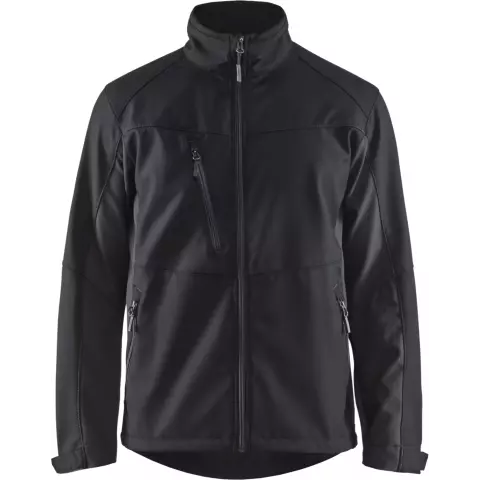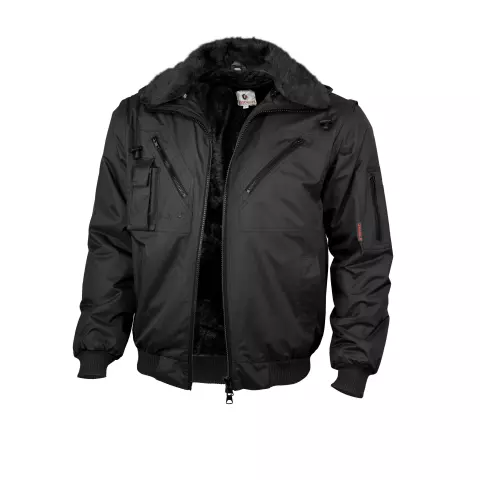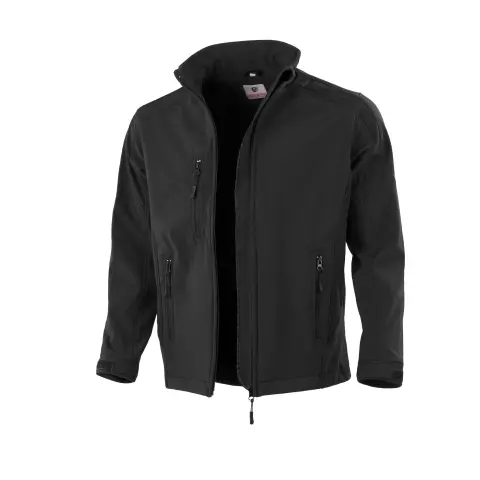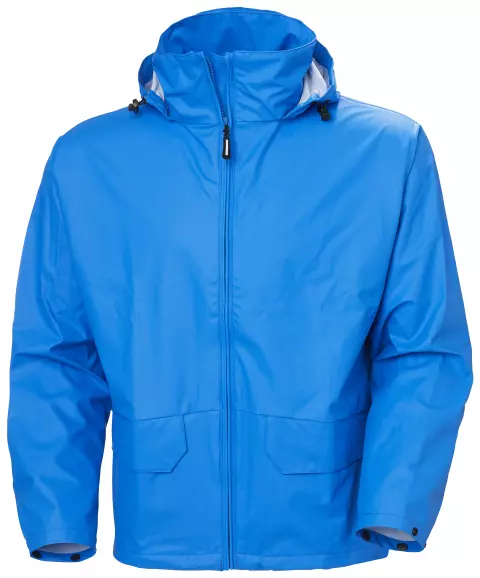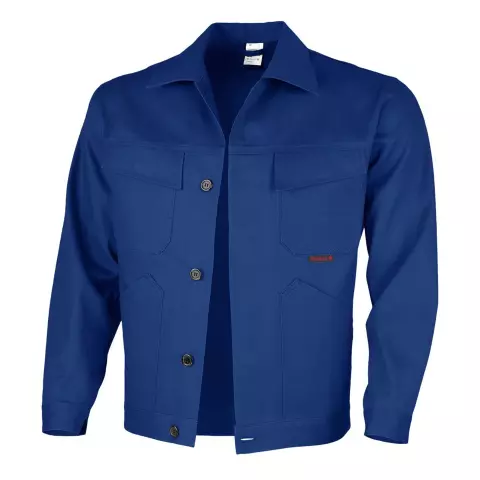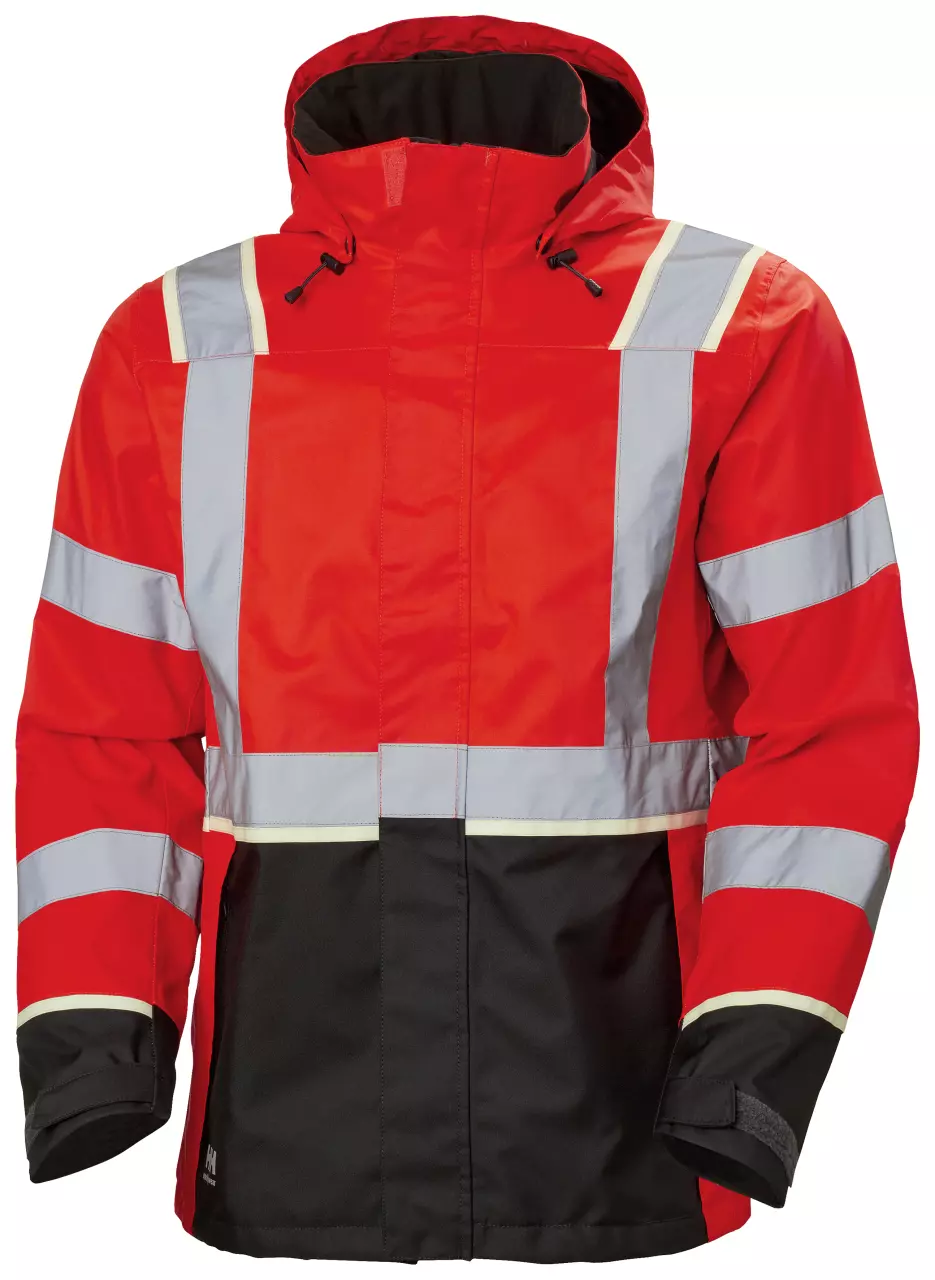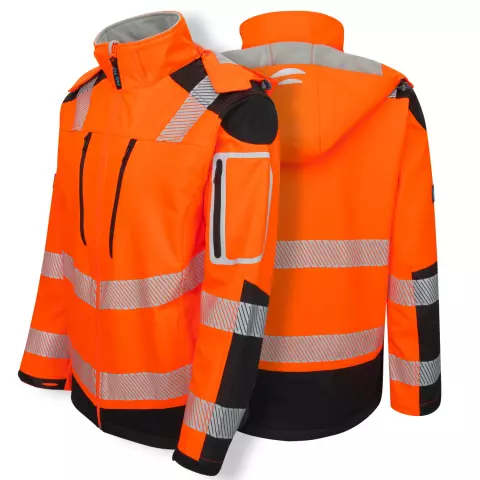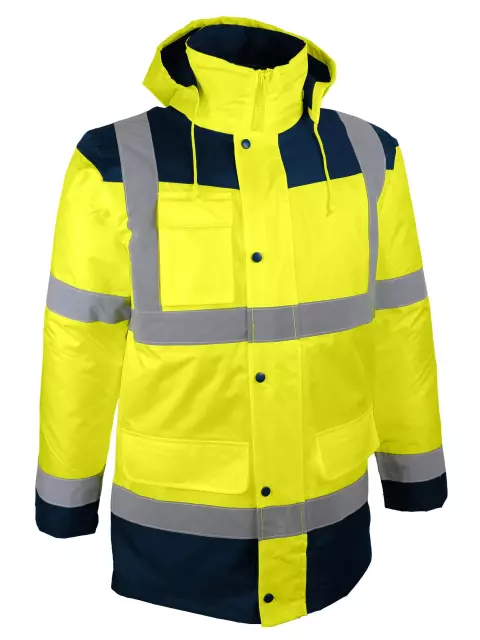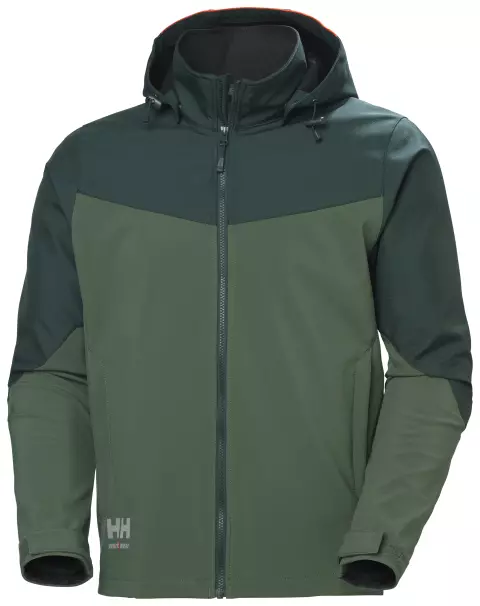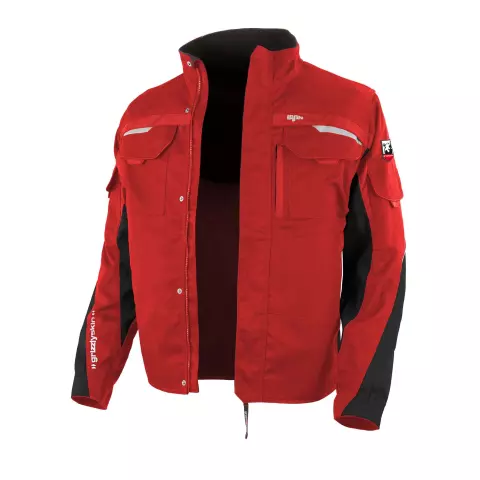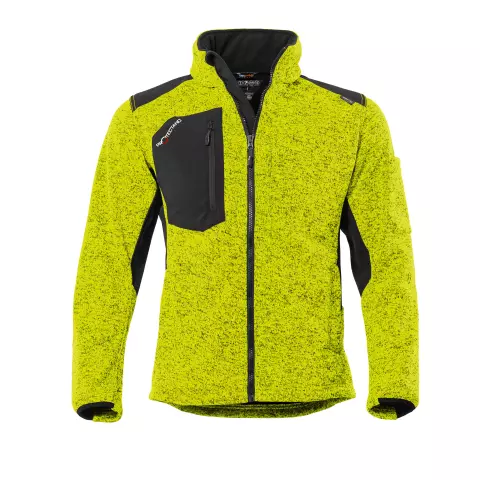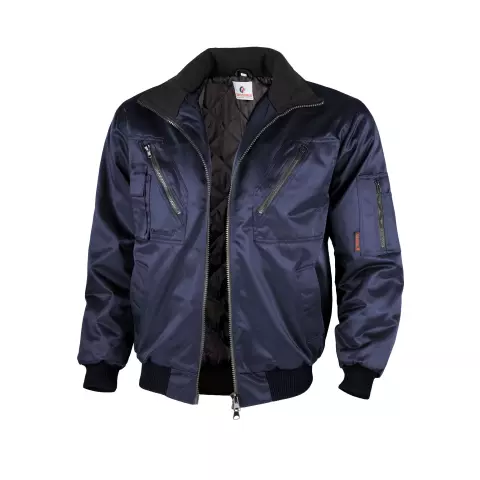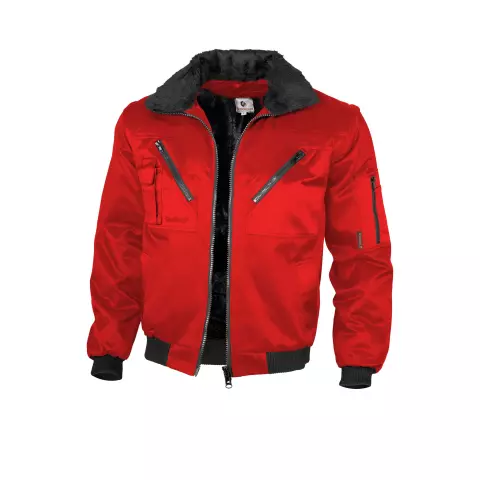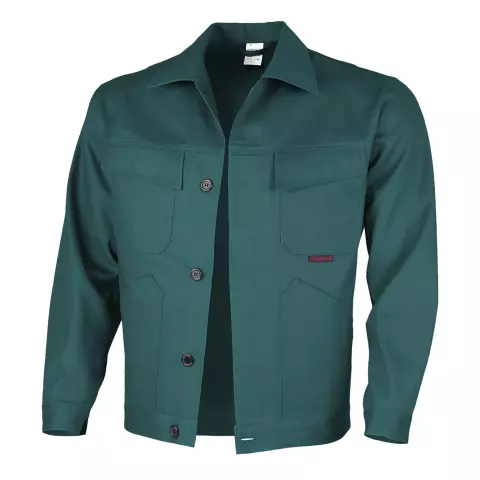Work Jackets
Sort
Popular
Gender
All
Standards
Labels
Use Case
Suppliers
Color
Sort:Popular
All filters
3019 products
Request a quote
List products you’re looking for and we’ll find the best products and prices for you – all for free.
Need help?
Get help from our experts
Join the newsletter list of Europe's leading wholesale buyers
Be the first to hear about offers, industry trends and get tips on industrial supplies.
FAQ – Frequently Asked Questions
Questions or need help? You're in good hands, over 40,000 professionals trust Droppe for reliable delivery, easy returns, and secure payments. Find quick answers below or visit our help center.
Once your order is shipped, you'll receive tracking updates by email. You'll be notified when it's on the way, ready for pickup, or out for delivery.We deliver your order to a pickup point, home, or workplace of your choice, using the leading delivery companies listed below.
You can return or exchange items within 30 days free of charge if they are unused, undamaged, and in their original box.
You can pay with any of the following popular payment methods:
Yes. You'll receive a receipt by email with your order confirmation, which you can use for employer reimbursement.
Most answers can be found in our Support Center. If you need more help, just send us a message through the and we'll be there for you.
Need help?
Get in touch with our customer support if you need help
Chat with us
Get help from our experts

